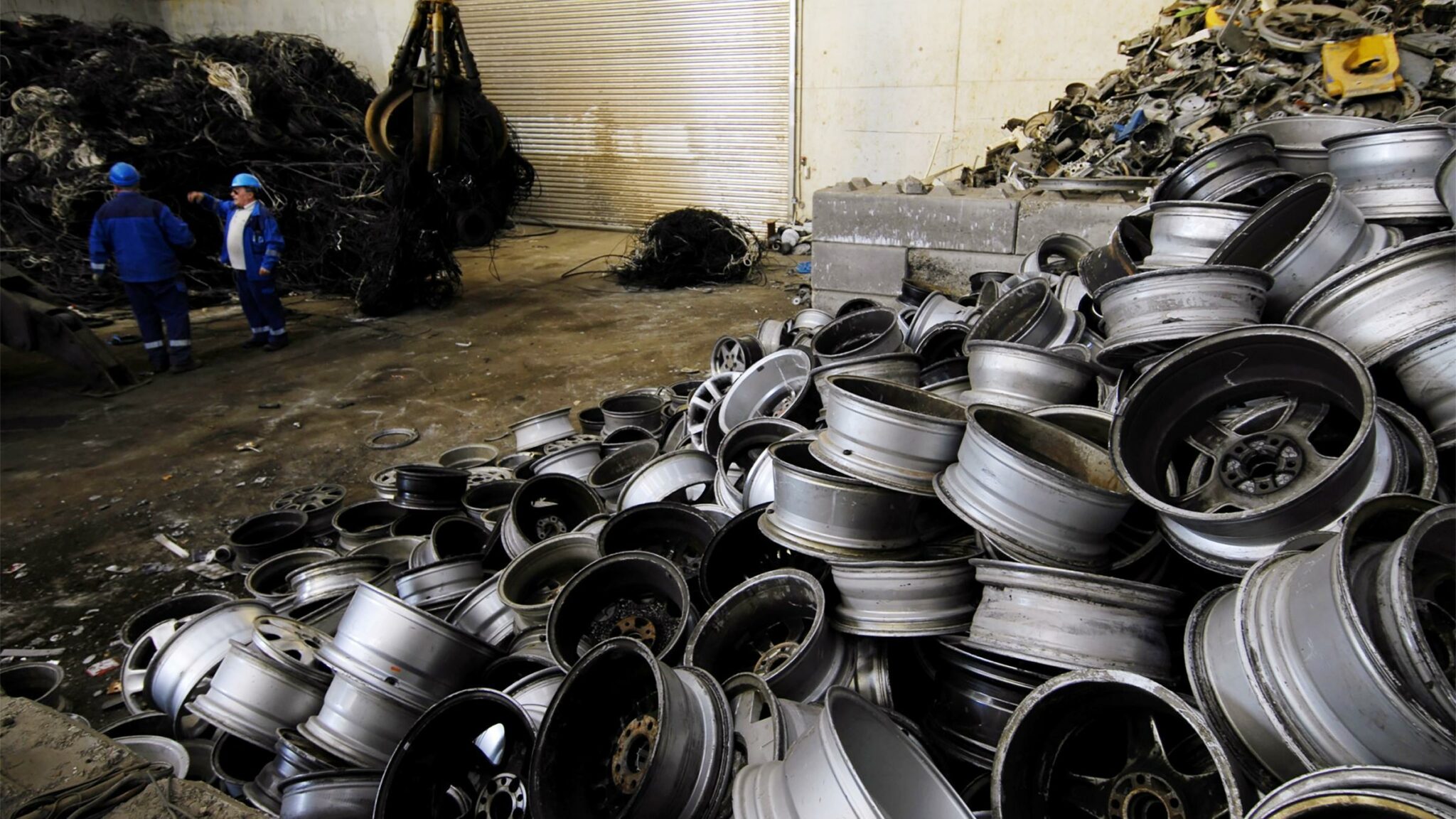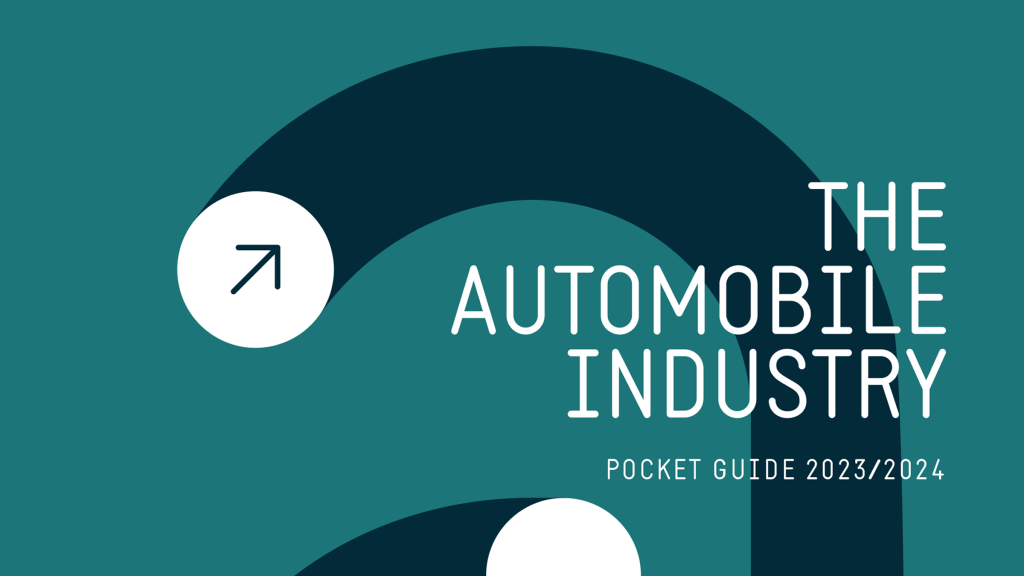Position paper – End-of-life vehicle (ELV) management and circularity requirements for vehicle design

In this position paper, the European Automobile Manufacturers’ Association (ACEA) outlines its views on the European Commission’s Proposal for a Regulation on circularity requirements for vehicle design and on management of end-of-life vehicles (ELVs).
European vehicle manufacturers have a long-held and firm commitment to sustainability. The ELV regulation promises to further boost circularity and sustainability in the auto industry; however, improvements in the proposal would help better achieve these goals while also safeguarding competitiveness.
European auto industry’s top priorities
1. Minimum recycled content target
- Ambitious recycled content targets can be realistic only if the following preconditions are met:
- any target should be based on the plastics definition from the European Commission’s Joint Research Centre (thermoplastics + polyurethane foams);
- both mechanical and chemical recycling should be accepted;
- special thresholds for legacy Substances of Concern (SoC) should be set;
- pre-consumer and post-consumer recycled content must count towards the calculation; and
- responsible bio-based feedstocks should be included in the calculation.
- ACEA strongly recommends the technology neutrality approach towards new recycling technologies.
2. Extended producer responsibility (EPR)
- Different from consumer products, an ELV is a valuable good. Possible insufficient profits claimed by a waste management operator cannot be verified by a producer, and this can lead to financial inconsistencies. Only contracted waste management operators should be entitled to claim a deficit compensation
- The producer should have the right to define the collection system when called upon his extended responsibility. Any approach contradicting free-market principles should be rejected
3. Circularity strategy
- Most of the elements of the circularity strategy proposed by the new Regulation are outside the remit of manufacturers. Where relevant to vehicle manufacturers, the circularity strategy should be applied to the manufacturer as a whole and not at the vehicle type level
4. Mandatory dismantling
- The underlying criteria behind the list of parts and components, subject to mandatory removal from ELVs and possible exemptions, is unclear. Removal of parts and components for reuse or remanufacturing should remain driven by market demand and ecological feasibility (toxicity, CO2 footprint, durability, etc)
5. Lead time between publication and implementation of design-impacting delegated acts
- Delegated acts impacting vehicle design and material definition should be published at least five years before the related application date to take into account the long development cycle of vehicles
6. New type-approval requirements
- The ELV draft contains new type approval requirements (Articles 4–13), eg changes to calculation methodologies, raising many new demands on manufacturers and type-approval authorities who therefore require clear clarification, tools and processes of how these new requirements affect the issuing of new type approvals. Furthermore, the new demands introduce divergence from the globally harmonised UN R133 regulation and, thus, loss of synergies whereby EU divergence from non-EU markets will require workload duplication to meet the same aims without additional benefit
- The proposal allows type approval according to the current Directive 2005/64/EC pending its repeal. Transitional measures are needed to ensure that such approvals remain valid after the entry into force of the new rules (ie 72 months after entry into force)
7. Multistage vehicles and dismantling information in type approval
- Extended producer responsibility requirements should apply to the bodywork of multistage vehicles
- Providing dismantling information should become part of type approval for categories M2, M3, N2, N3, and O
In this position paper, the European Automobile Manufacturers’ Association (ACEA) outlines its views on the European Commission’s Proposal for a Regulation on circularity requirements for vehicle design and on management of end-of-life vehicles (ELVs).
Downloads
Copyright notice
Reproduction of the content of this document is not permitted without the prior written consent of ACEA. Whenever reproduction is permitted, ACEA shall be referred to as source of the information. Quoting or referring to this document is permitted provided ACEA is referred to as the source of the information.

